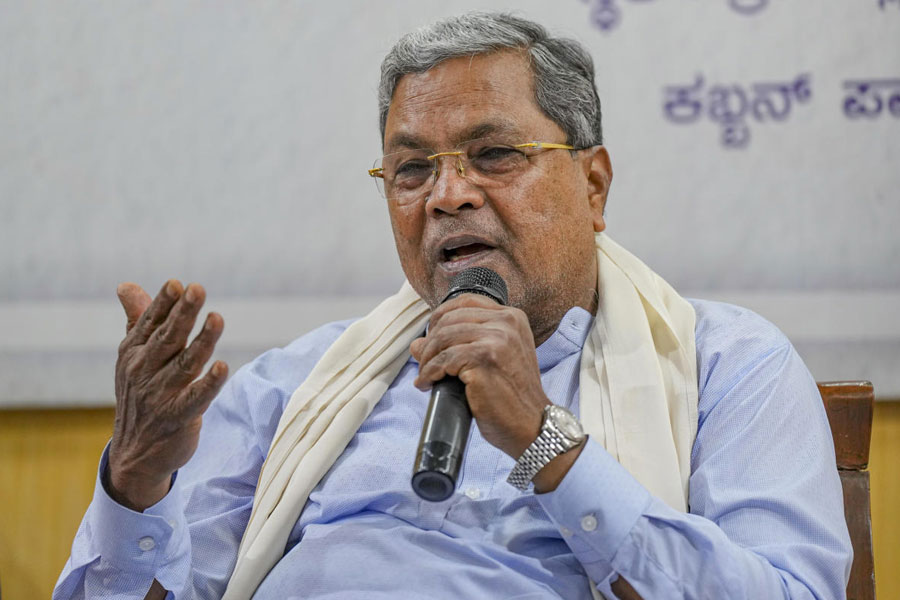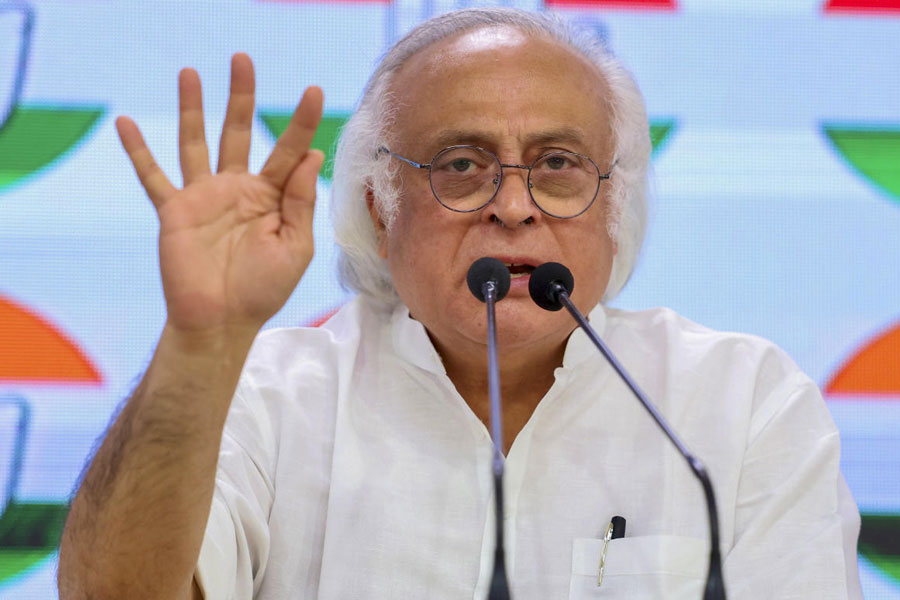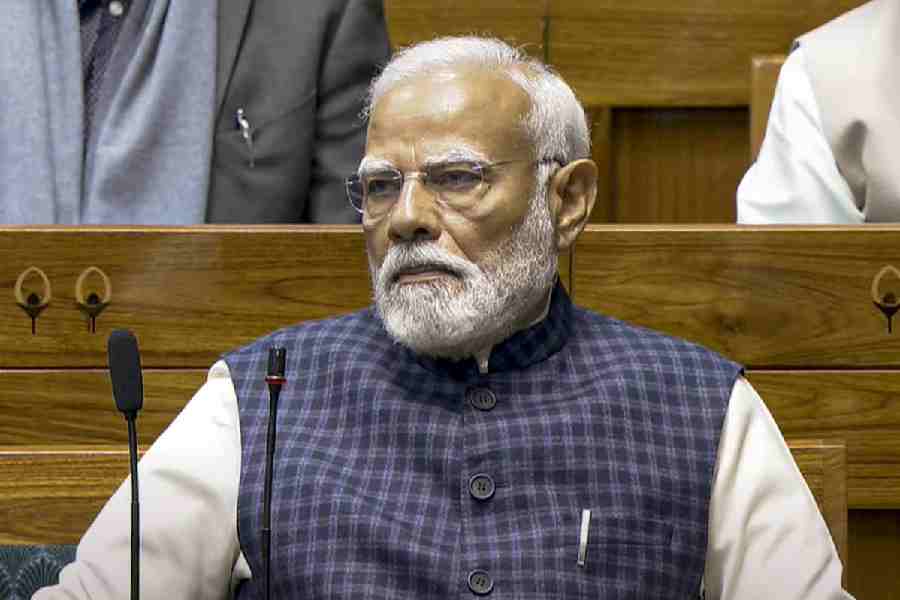 |
There has been headline-hitting change at the top of some multinational companies in India recently. At PepsiCo, Manu Anand is out. At Walmart, Raj Jain (MNCs) has been shown the door. The fizz has gone out of their current careers. (A study, however, shows that even deposed CEOs find challenging and lucrative slots later.)
Anand and Jain are not the only senior exits. There has been change at Nokia India, Reckitt Benckiser and Heinz India. Some professionally-managed Indian companies have also seen such departures, iGate being the latest example though the reasons are different. On the other hand, there have been high-profile entries such as N.R. Narayana Murthy at Infosys.
How long does a CEO last and is he becoming more of a threatened species? A study by staffing services firm Randstad shows that there has been significant change at the top. The survey looked at companies on the Bombay Stock Exchange 100 index over a period of two years —2011 and 2012 (up to June). Its key findings:
The average tenure of the current corporate India CEO is 6.8 years and has decreased by 35 per cent over his predecessor.
Some 60 per cent of the CEOs hold office for less than five years.
The financial services industry is a major contributor to the churn with 29 per cent of the current CEOs in office for less than five years.
There is a growing trend of lateral CEOs. This number has gone up to 37.5 per cent compared to 29.3 per cent lateral CEOs for the immediate predecessor CEOs.
The average CEO tenure of family-managed companies was 14.7 years as compared to significantly lower CEO tenures in professionally-managed private sector companies (3.9 years) and public sector companies (1.9 years). The low public sector figure could be because of clustered retirement.
The one thing that emerges from the Randstad study is that change is increasingly becoming the order of the day. The ways of the West are coming to India. Says Jayanta Nath Mukhopadhyay, dean of the global campus of the Calcutta-based Globsyn Business School: “In the West, they are always trying to send a message — perform or perish.”
What is the situation in the West? The latest study by outplacement firm Challenger, Gray and Christmas says that 104 US CEOs announced their departures in May 2013, compared to 94 in April. May departures were 5.1 per cent higher than the corresponding month of 2012.
“One of the most notable departures in May was the sudden retirement of 59-year-old Bob McDonald, who was at the helm of global consumer products company Proctor & Gamble for four years,” says a Challenger statement. “While the official reason for the departure was retirement, it was widely reported that McDonald’s exit was prompted by increasing pressure from activist investors. The fact that this 33-year company insider was forced out after just four years in the CEO position is a clear indication of how much more power and influence shareholders have in the direction of a company. Boards can no longer simply be rubber stamps or ‘yes men.’ In this environment, no CEO is secure.”
In India, one can see the beginnings of that transition. Shareholders and boards are relatively spineless; you only have to go to any annual general meeting to realise how laudatory of the CEO they can be. But activists bodies — such as Amit Tandon’s Institutional Investor Advisory Services India — are taking up the cudgels. Yesterday, it was natural for a decrepit CEO to get an extension until he was 75. (The biggest group has sheltered the senile in office and convinced him that he was working on all four cylinders.) Tomorrow, the dreams of indefinite CEO tenure will be punctured faster. “Professional” business groups may then have a shot at becoming professional.
THE FIVE AGES OF THE CEO
There are discernible phases, or seasons, within an executive's tenure in a position. These seasons give rise to distinct patterns of executive attention, behaviour, and, ultimately, organisational performance. The five delineated seasons are:
Response to mandate
Experimentation
Selection of an enduring theme
Convergence
Dysfunction
Source: The seasons of a CEO's tenure by D.C. Hambrick and G.D. Fukutomi, Columbia University.










